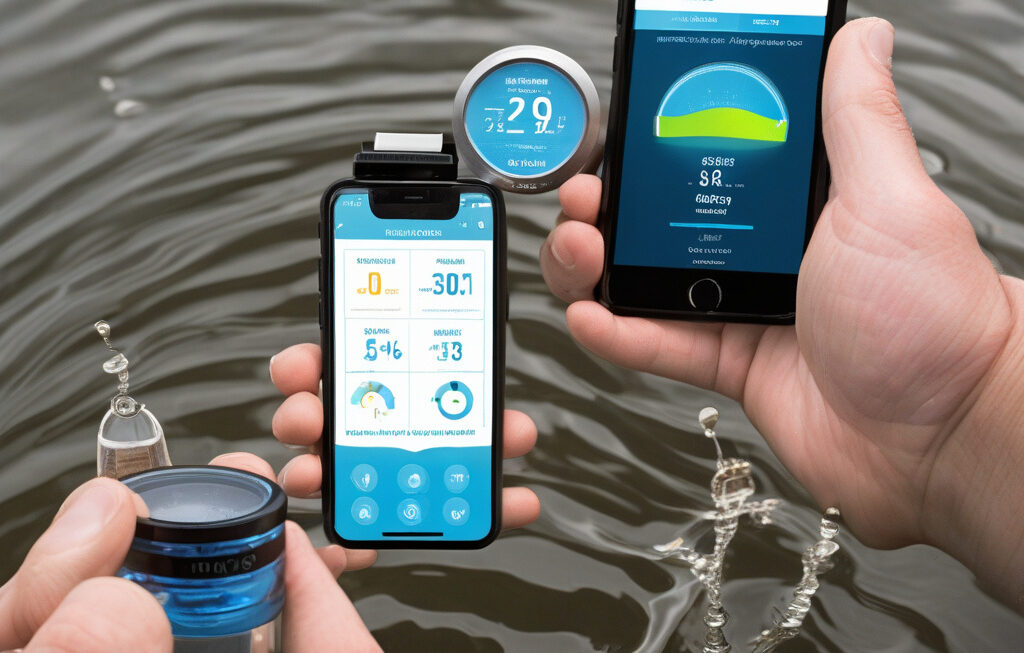Microchipped Cyborg Jellyfish: Unveiling Earth’s Darkest Ocean Frontiers
Moon jellyfish could become humanity’s eyes in the ocean’s most inaccessible depths. Engineers at the Massachusetts Institute of Technology (MIT) have created a groundbreaking technology that could revolutionize our understanding of the deep-sea ecosystem. By combining biological organisms with cutting-edge microchip technology, these cyborg jellyfish have the potential to unlock the secrets of Earth’s darkest ocean frontiers.
The concept of using jellyfish as a vehicle for scientific exploration is not entirely new. Jellyfish are known for their incredible adaptability and resilience, making them ideal candidates for navigating the harsh conditions of the deep sea. However, by integrating them with microchips, researchers have taken this idea to a whole new level.
The microchips embedded in these cyborg jellyfish serve multiple purposes. They can collect and transmit data in real-time, allowing scientists to monitor the jellyfish’s movements, environmental conditions, and even the presence of other marine species. This technology offers unprecedented insights into the hidden world beneath the ocean’s surface, where traditional sensors and cameras often fail to reach.
One of the key advantages of using cyborg jellyfish for deep-sea exploration is their energy efficiency. Unlike traditional underwater drones that rely on bulky batteries or external power sources, these biohybrid creatures can generate their own energy through a process called chemosynthesis. By harnessing the energy from their surroundings, they can operate for extended periods without the need for recharging, making them ideal for long-term monitoring missions.
In addition to their energy efficiency, cyborg jellyfish also have the advantage of blending in seamlessly with their natural counterparts. This camouflage is essential for studying elusive or sensitive marine species without causing disruption to their habitats. By observing the ocean environment through the eyes of a jellyfish, scientists can gather data without altering the delicate balance of the ecosystem.
The potential applications of this technology are vast. From monitoring climate change impacts to studying deep-sea biodiversity, cyborg jellyfish offer a unique perspective on the mysteries of the ocean. By unraveling these secrets, researchers hope to gain a better understanding of our planet’s complex ecosystems and the effects of human activity on marine life.
While the idea of microchipped cyborg jellyfish may sound like something out of a science fiction novel, the reality is closer than we think. With continued advancements in bioengineering and miniaturized electronics, the possibilities for exploring Earth’s darkest ocean frontiers are endless. By harnessing the power of nature and technology, we can embark on a journey of discovery that will shape our understanding of the oceans for generations to come.
In conclusion, the marriage of biology and technology in the form of microchipped cyborg jellyfish represents a significant leap forward in deep-sea exploration. By leveraging the unique capabilities of these biohybrid creatures, scientists are poised to uncover the secrets of Earth’s most remote and mysterious ocean realms. As we peer into the depths with the help of these underwater sentinels, we are poised to gain a newfound appreciation for the wonders that lie beneath the waves.
#CyborgJellyfish #DeepSeaExploration #BiohybridTechnology #OceanDiscovery #MITResearch












